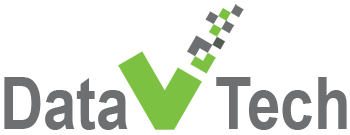Planning and Scheduling
Proactive and Efficient Planning and Scheduling

What is the purpose of the Planning and Scheduling application in Kinetic?
How does Epicor Kinetic's Planning and Scheduling enhance operations?
- Improved production planning: By considering all relevant factors, the application can generate more accurate and efficient production plans, which can help organizations better utilize their resources and reduce waste.
- Faster response times: The application can quickly generate new production schedules to changes in demand or other factors, allowing organizations to respond more rapidly to changing market conditions.
- Better coordination: The application can help organizations better coordinate production schedules with other supply chains activities, such as transportation and inventory management, leading to a more efficient overall operation.
- Improved communication: The application can help organizations communicate production schedules and plans to all relevant stakeholders, including production teams, sales teams, and customers, enhancing transparency and reducing errors.
Overall, Kinetic’s Planning and Scheduling application can help organizations optimize their production planning and scheduling processes, leading to improved efficiency, reduced costs, and better use of resources.

More curious?
Glossary
MRP
The process of planning the materials needed to produce a product or service.
CRP
CRP = Capacity Requirement Planning.
The process of planning the necessary production capacity to complete the production schedule.
FCS
FCS = Finite Capacity Scheduling.
A scheduling process that takes into account the limited production capacity.
BOM
BOM = Bill of materials.
A list of materials required to manufacture a specific product or service.
BOO
A document that lists the sequence of steps and operations required to produce a product or service.
RUA
The process of analyzing how effectively resources, such as equipment and labor, are being used to produce a product or service.
WOV
WOV = Work Order Variance.
The difference between the actual cost of producing a product and the estimated cost on the work order.
PAC
PAC = Production Activity Control.
The process of controlling and monitoring the production process to ensure that products are being produced efficiently and on schedule.
WCG
WCG = Work Center Group.
A collection of work centers that have similar functions or production capabilities.
JSI
JSI = Job Status Inquiry
A function that provides information on the status of a specific job or work order.
OCD
The date on which a specific operation within a work order is scheduled to be completed.







